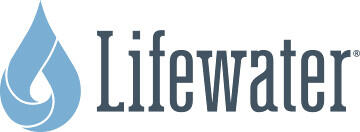Vision of a Healthy Village

Engineers assess the water problem in every village, taking into account factors like water coverage, geographical challenges, and key cultural norms, and they plan appropriate solutions. Community-led total sanitation (CLTS) training reveals current practices that are making people sick, opening communities to Lifewater’s WASH training, a set of habits (like hand washing) known to be critical to one’s health. Field teams work house by house to help families adopt sanitation and hygiene practices like hand washing, using a drying rack, building a latrine of their own, and more. Once a home has mastered each healthy habit, they are a certified Healthy Home. When each household builds and uses their own functioning restroom, the local government verifies the community as Open Defecation Free (ODF), a major health milestone. Engineers and field teams construct a new water source or rehabilitate an existing source. Accounting for factors like water coverage, geographical challenges, and key cultural norms, they carry through with a specific plan of action to best serve local families.When 90% of families have a certified Healthy Home, ODF is achieved, and the new village water source is in place, the new Healthy Village hosts a party complete with speeches, dancing, and raising the Healthy Village flag!With regular water quality testing and maintenance, we ensure that quality care is realized and promises of long-term transformation are kept.
341,992 People served with safe water, improved health, and lasting hope. 40,403 Healthy Homes. 829 Water Sources. Every safe water source represents access to clean water for a whole village, school, or church.

